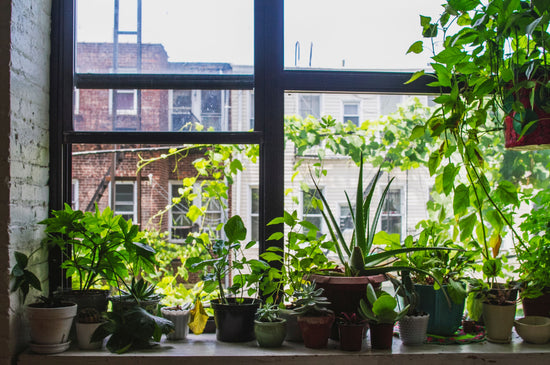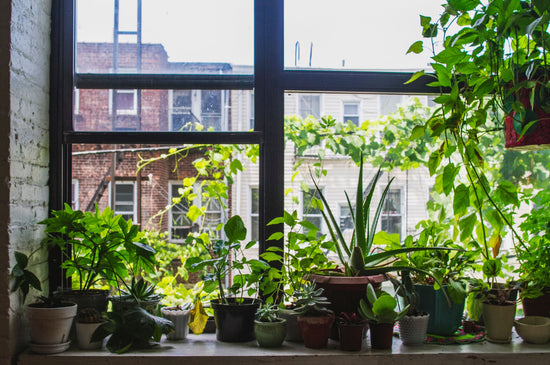When to Prune Clematis: A Comprehensive Guide
Clematis vines are among the most stunning climbing plants you can add to your garden, but proper pruning is key to maintaining their beauty and health. Depending on the type of clematis vine, pruning can help encourage vibrant blooms and manage the plant’s size. If you’ve recently planted a Clematis Variety Pack, understanding when and how to prune is essential.
Why Pruning Matters for Clematis
- Encourages Blooming: Proper pruning promotes flowering and prevents the plant from becoming too woody.
- Manages Growth: Keeps the clematis climbing vine tidy and prevents overgrowth.
- Improves Health: Removes dead or diseased stems to keep the plant healthy.
Types of Clematis and Pruning Groups
Clematis varieties are divided into three main pruning groups based on their blooming habits. Knowing your plant's group will determine the best time to prune.
-
Group 1: Early Bloomers
Varieties like Clematis montana and Clematis armandii flower in early spring on old wood.- When to Prune: Immediately after blooming.
- How to Prune: Remove dead or weak stems and lightly shape the plant. Avoid cutting into older growth.
-
Group 2: Repeat Bloomers
Varieties like Clematis Diamantina and Clematis The President bloom in late spring and again in early summer.- When to Prune: In early spring before growth begins.
- How to Prune: Cut back weak or dead stems and lightly trim to maintain shape.
-
Group 3: Late Bloomers
Varieties like Clematis viticella and Clematis Bourbon flower in late summer on new growth.- When to Prune: Late winter or early spring before new growth starts.
- How to Prune: Cut the stems back to 12–18 inches above the ground.
General Pruning Tips for Clematis
- Always use clean, sharp pruning shears to prevent the spread
of diseases.
- Remove any dead or damaged stems regardless of the plant's pruning group.
- If you're unsure about your clematis variety, opt for light pruning to avoid removing too much.
- Support your plant with a sturdy trellis or frame to encourage upward growth.
Popular Clematis Varieties and Their Pruning Needs
-
Clematis Montana Rubens
This early bloomer produces a cascade of delicate pink flowers in spring. Prune lightly after flowering to maintain its shape.
Clematis Montana Rubens -
Clematis Diamantina
A repeat bloomer known for its double flowers, it benefits from spring pruning to remove dead stems.
Clematis Diamantina -
Clematis Duchess of Cornwall
This late bloomer features large, eye-catching blooms and thrives with hard pruning in late winter.
Clematis Duchess of Cornwall -
Clematis Candy Stripe
A rare variety with striking striped flowers, it blooms in late summer and needs aggressive pruning in early spring.
Clematis Candy Stripe
FAQs
Q: How do I know which pruning group my clematis belongs to?
A: Check the blooming time and flower type. Early spring bloomers are Group 1, while repeat bloomers are Group 2, and late summer bloomers fall into Group 3.
Q: Can I prune clematis too much?
A: Yes, over-pruning can reduce flowering for the season. It's best to prune conservatively if you're unsure.
Q: What happens if I don’t prune my clematis?
A: While clematis will still grow and flower, it may become overgrown, tangle easily, and produce fewer blooms.
Proper pruning ensures your clematis vines remain healthy and produce an abundance of flowers year after year. Whether you’re growing early bloomers like Clematis Montana Rubens or late bloomers like Clematis Bourbon, pruning at the right time will ensure a stunning display of vibrant flowers. Explore the variety of clematis vines available at Wekiva Foliage to find the perfect addition to your garden.





